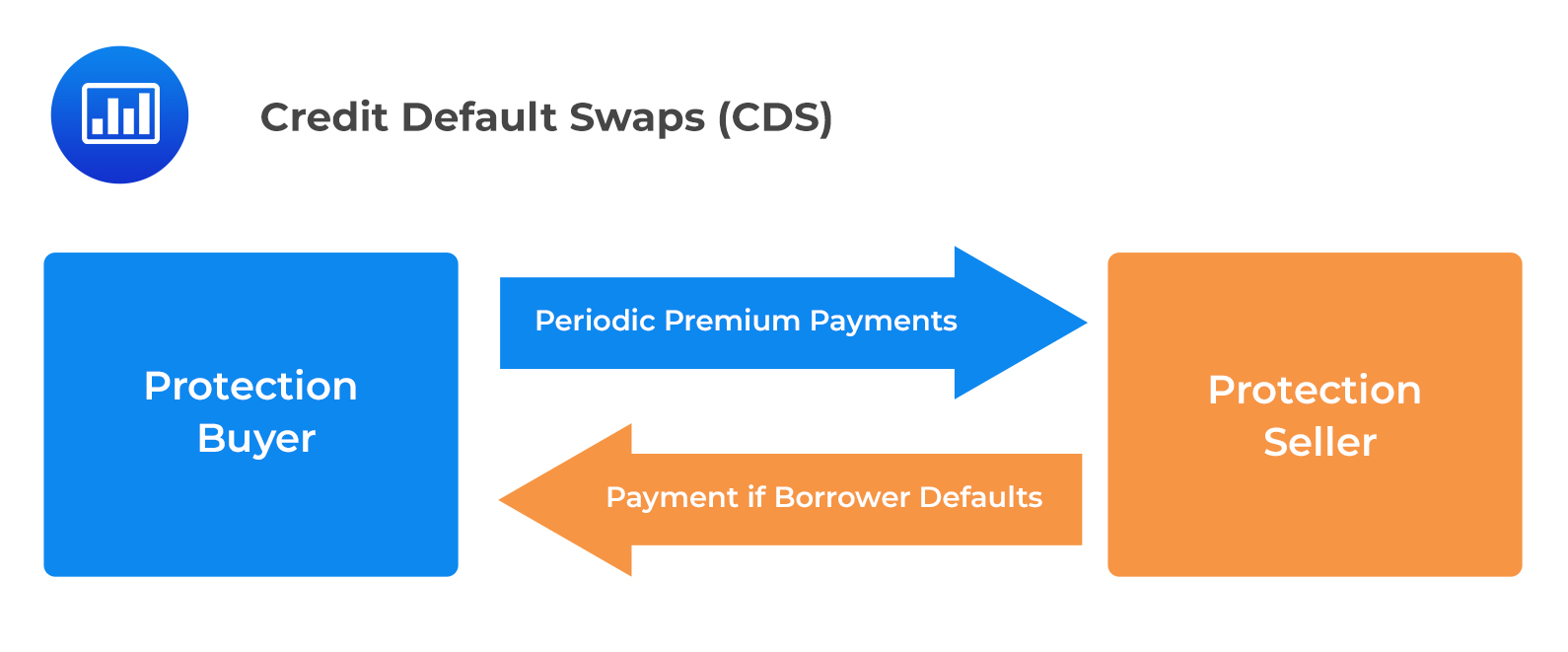

Finance
Call Loan Rate Definition
Published: October 21, 2023
Get a clear understanding of the definition of call loan rate in the finance industry and make informed decisions. Find out how it impacts your finances.
(Many of the links in this article redirect to a specific reviewed product. Your purchase of these products through affiliate links helps to generate commission for LiveWell, at no extra cost. Learn more)
The Call Loan Rate: Understanding the Basics of this Financial Term
Are you looking to expand your knowledge of finance? We’ve got you covered with our detailed explanation of the call loan rate. Whether you’re a seasoned investor or just starting out, understanding this financial term is crucial for making informed decisions. In this blog post, we will dive deep into the definition of the call loan rate and its significance in the world of finance. So, let’s get started!
Key Takeaways:
- The call loan rate refers to the interest rate charged by banks to individuals or businesses borrowing money on a short-term basis.
- This rate is typically higher than the prime rate and can fluctuate based on market conditions and the borrower’s creditworthiness.
What is the Call Loan Rate?
The call loan rate, also known as the broker loan rate or broker call rate, is the interest rate charged by banks to borrowers who obtain funds for a short duration. The borrowers, usually individuals or businesses, use these funds to meet temporary financial needs or to capitalize on investment opportunities.
Unlike traditional loans with fixed repayment schedules, call loans are often repaid at any time, depending on the borrower’s discretion or when “called” by the lender. The call loan period is typically overnight or for a very short term, usually ranging from a few days to a few weeks.
Call loans are popular within the financial industry as they provide flexibility and liquidity to borrowers. Financial institutions may use call loans to manage their short-term funding needs or to meet regulatory requirements, while borrowers may benefit from the convenience of accessing funds quickly and without traditional loan procedures.
Understanding the Significance
The call loan rate plays a crucial role in the overall financial market. It serves as an indicator of short-term borrowing costs and market liquidity. Here are a few key points that highlight the significance of the call loan rate:
- Market Conditions: The call loan rate reflects the prevailing market conditions and can fluctuate based on factors such as supply and demand dynamics and monetary policy decisions.
- Borrowing Costs: The call loan rate is typically higher than the prime rate, which makes it costlier for borrowers. It is influenced by factors such as the lender’s risk assessment, market conditions, and the borrower’s creditworthiness.
- Investment Opportunities: For investors, the call loan rate provides an insight into short-term investment opportunities. Higher call loan rates may indicate higher potential returns on short-term investments.
- Financial Stability: Fluctuations in the call loan rate can indicate changes in the overall financial market’s stability and risk appetite.
In conclusion, the call loan rate is an essential financial term to understand for investors, businesses, and financial institutions. By keeping an eye on this rate, you can gain insights into market conditions, borrowing costs, and potential investment opportunities. Stay tuned to our finance category for more informative articles like this one!














